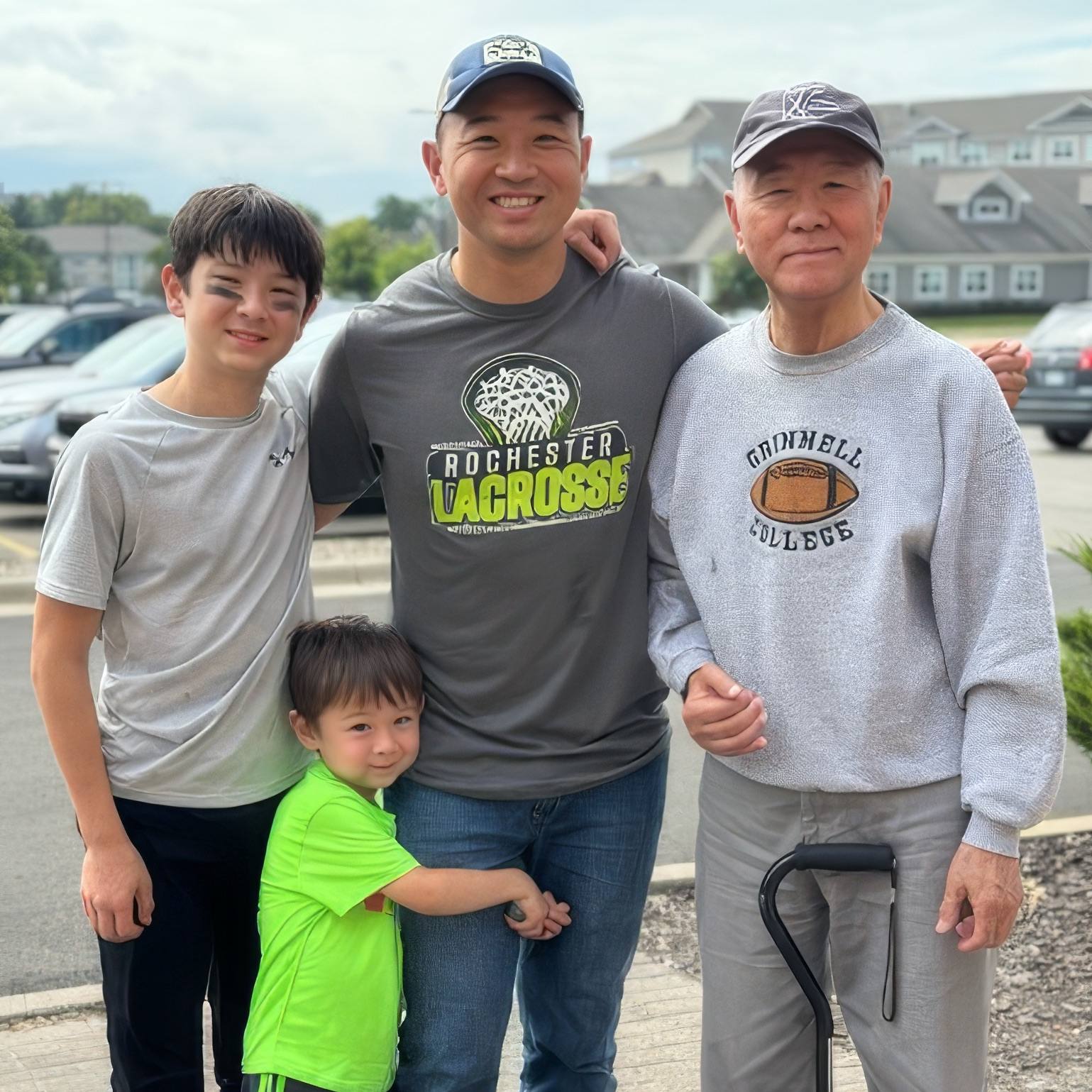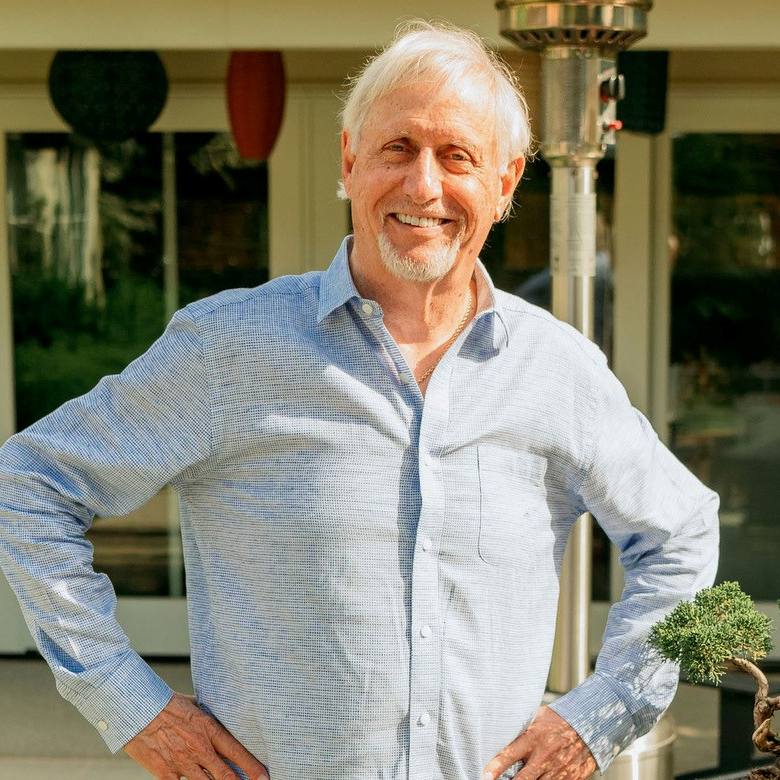There was a time when Wachira Loth, an interpreter and licensed practical nurse for the Minnesota Department of Health, was afraid to look in the mirror.
"I was scared of myself," he says of the months leading up to his liver transplant in 1998. "My skin and eyes had changed. I couldn't eat so had lost a lot of weight. I was miserable."
Wachira, who emigrated from Cambodia in 1980, was diagnosed with hepatitis B soon after arriving in the United States.
"The doctor told me I'd need to come see him once a year," says Wachira, who followed his doctor's orders. At each visit, his health was a little bit worse. In 1997, it was bad enough to earn him a spot on the transplant list.
"I had walked up to death's doorstep," says Wachira, who began the agonizing wait for a compatible liver to become available. Because he has type O blood, which is only compatible with organs from donors who are also type O, he was told his wait would likely be longer than most.
"Every night I would pray to wake up the next day," says Wachira, crediting his colleagues, the Cambodian community and his faith community with helping him through the wait.
Wachira's doctors encouraged him to consider seeking care at Mayo Clinic in Florida, a state with shorter overall wait times for transplants. He was making plans to move when he received the life-changing news that a liver was available for transplant.
Just five days after his transplant, Wachira was back home. Within a month, he was back to playing and coaching soccer.
"The transplant was a miracle," he says. "It was like I was reborn. I'm still doing well thanks to all the good people at Mayo who have taken care of me."








